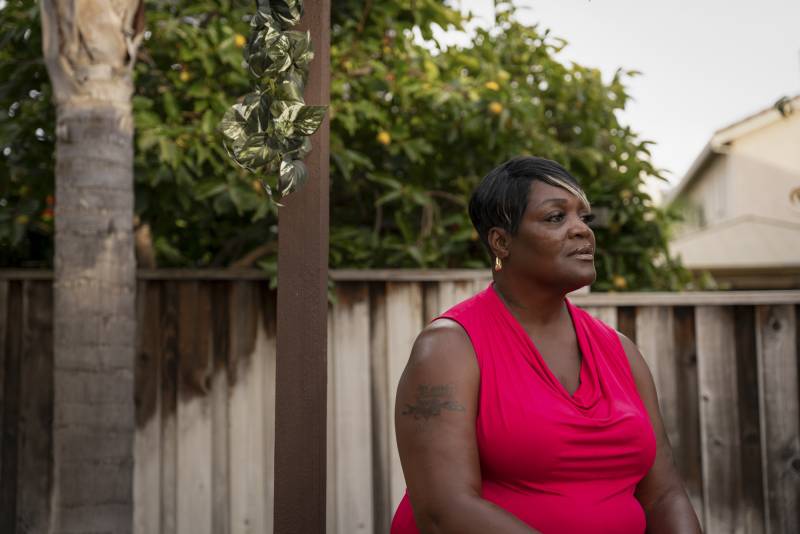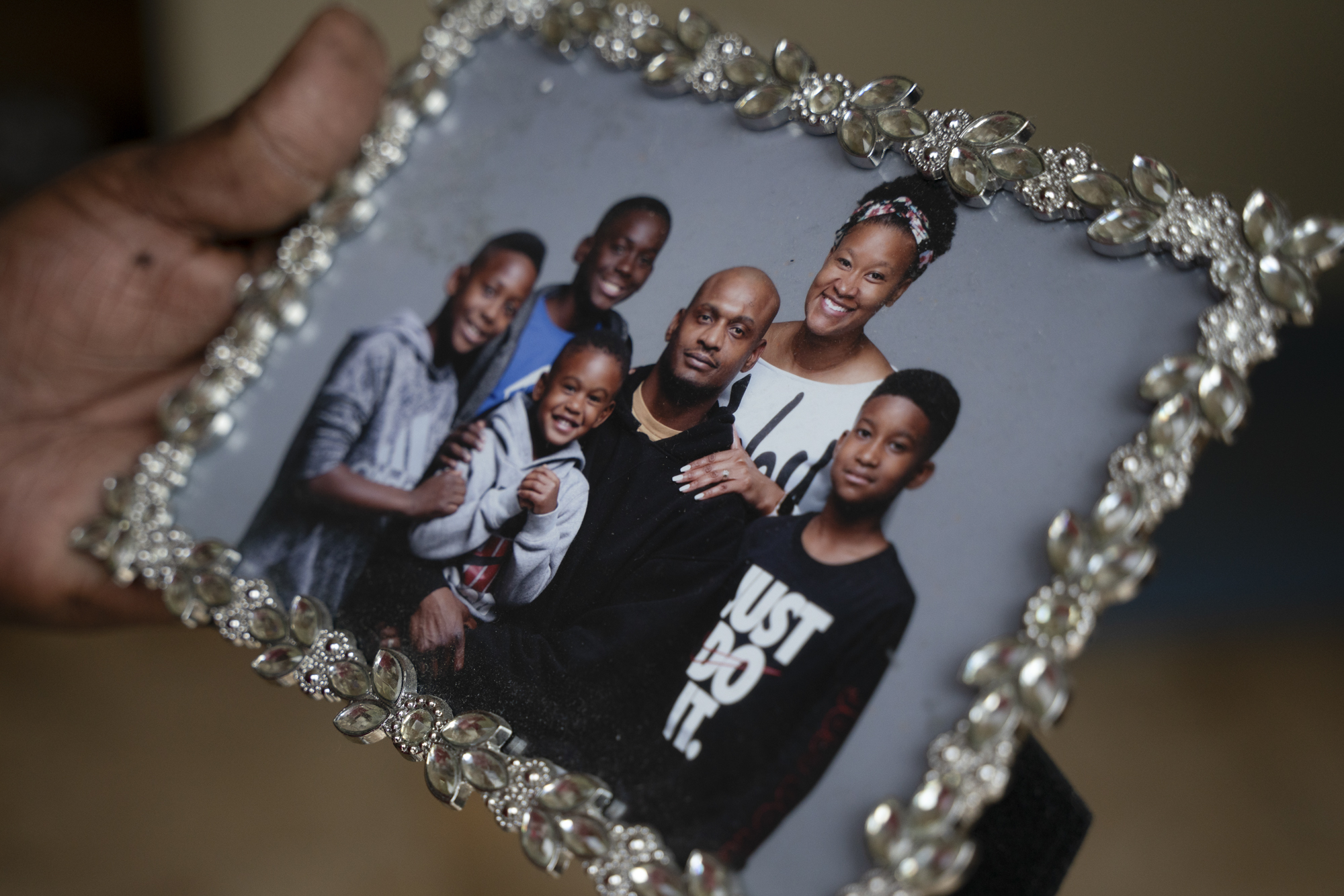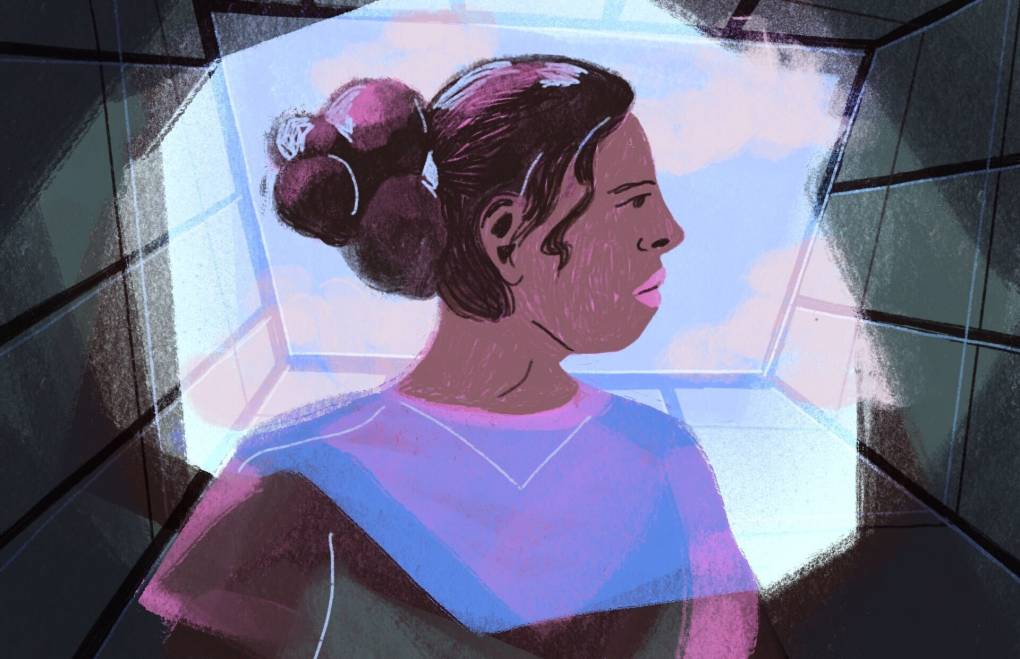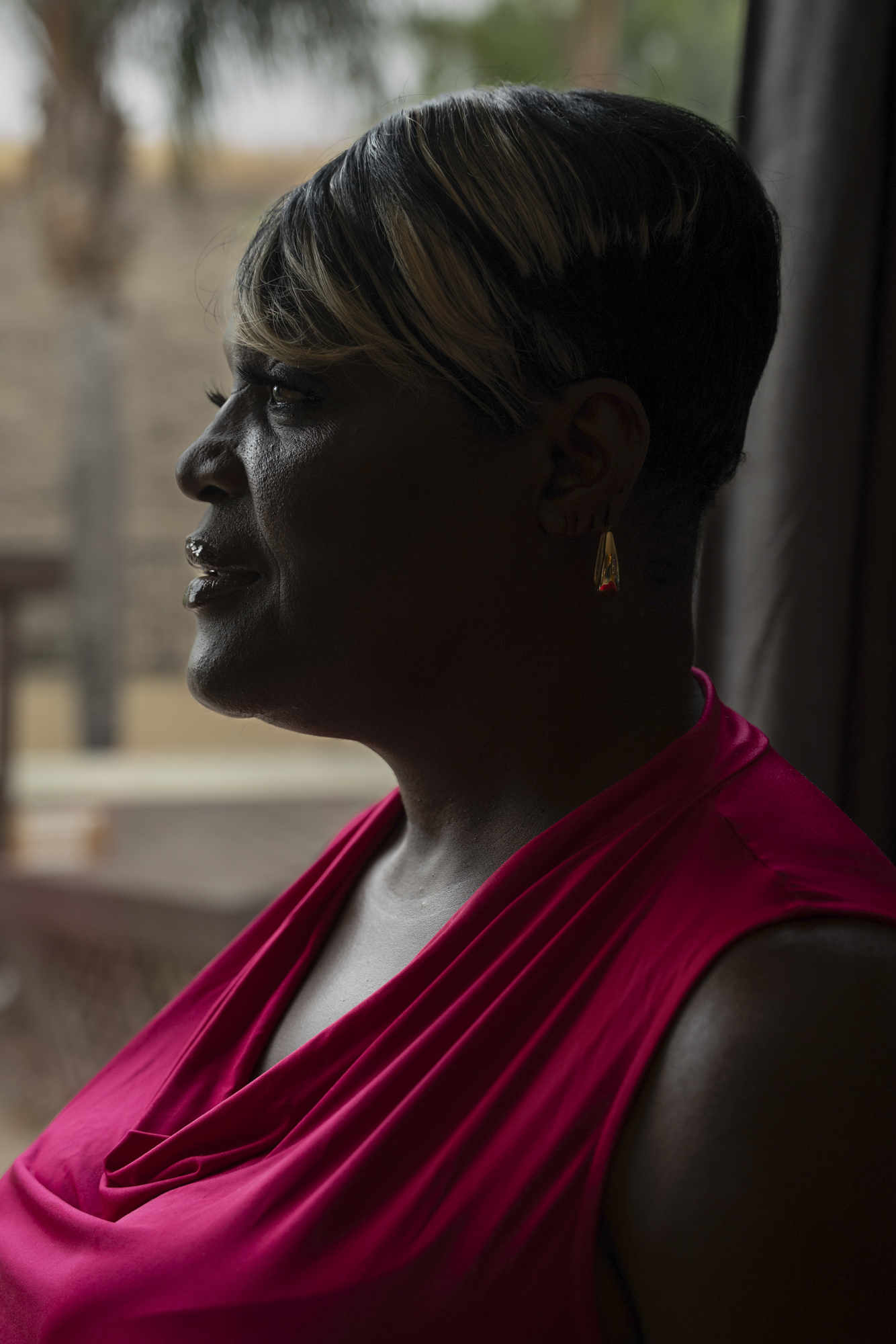Fennix, who was 43 when she had the surgery, said she felt insulted by the rejection.
“You dehumanized me,” she said. “You took my body. How dare you later on tell me that I don’t deserve to be one of the ones that gets reparations for it?”
As the application period for the reparations program winds to a close in December, Fennix and those who received endometrial ablations are at the heart of a dispute over who should be recognized as a survivor of a shameful chapter in California’s history.
A year-long investigation by UC Berkeley’s Investigative Reporting Program and KQED found that the compensation board has denied a majority of applicants and repeatedly rejected ablations as a procedure worthy of recognition. The investigation included 30 public records requests, the review of more than 3,000 pages of documents — and interviews with survivors, advocates, medical experts and lawmakers.
Among the applicants who volunteered their demographic information, the majority self-identified as Black or African American. Approximately 47% self-identified as male, 40% female and 4% transgender. While reporting this story, KQED spoke with six ablation survivors who were denied reparations.
“It feels so clear — based on the spirit of the law, based on the idea of who is perpetuating the harm — that if someone says, ‘I’m not able to have children’ and it’s documented that they had a procedure that limits your ability to have children, that feels like it should be sufficient,” said Jennifer James, an associate professor of sociology at UCSF and member of the California Coalition for Women Prisoners, or CCWP, who has assisted survivors with their applications.
Additionally, since 2014, California’s prison health care services have categorized ablations and dozens of other treatments as potentially sterilizing, according to a memo circulated among prison health care leadership.
The board declined to respond to specific questions but said in a statement that it has worked “to meet the requirements established in the law.”
Fennix appealed her case. That, too, was rejected. She went through the application and appeals process a second time. She was denied at every stage.
In rejecting Fennix’s first appeal, the board said that ablations don’t qualify as sterilizations under the law and cited the Mayo Clinic website, writing that pregnancy “can and does occur after an endometrial ablation.” The board left out what followed on the website: “The pregnancy is higher risk to you and the baby.”
Next week, Fennix and another formerly incarcerated woman who received an ablation will file a petition in state courts aimed at testing the state’s implementation of the reparations law.
Her case, Fennix said, reflects a hole in the state’s efforts to compensate survivors of state-sponsored sterilization.
“I’m not able to reproduce,” she said. “And so, how am I not sterilized?”
‘It’s another betrayal’
When legislators passed the reparations law, California became the first and only state in the country to publicly recognize its role in prison sterilizations. Through monetary compensation and memorialization efforts, the state aimed to “raise public awareness about the discriminatory harms” survivors of forced sterilization had faced.
The state allocated $7.5 million to the two-year program, with $4.5 million earmarked for compensation, $1 million for memorialization and $2 million for program administration and outreach. Each individual whose application is approved receives $15,000. A second and final payment of $20,000, signed into law by Gov. Gavin Newsom in September, will be processed by October 2024. Up to $1 million of any remaining compensation funds could be extended for survivors if legislation is passed in the next few years.
As of Oct. 25, 108 out of 510 applications had been approved.




